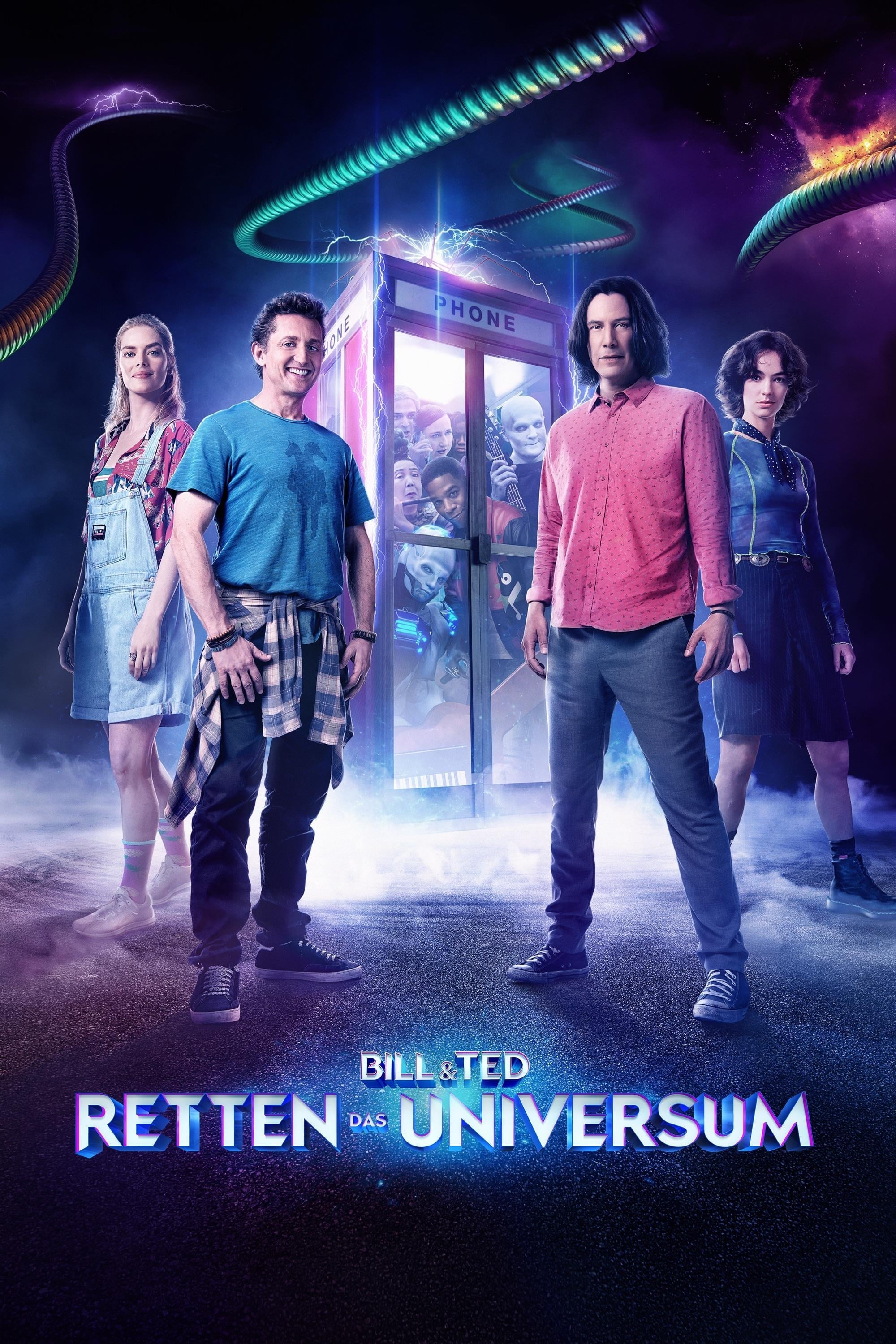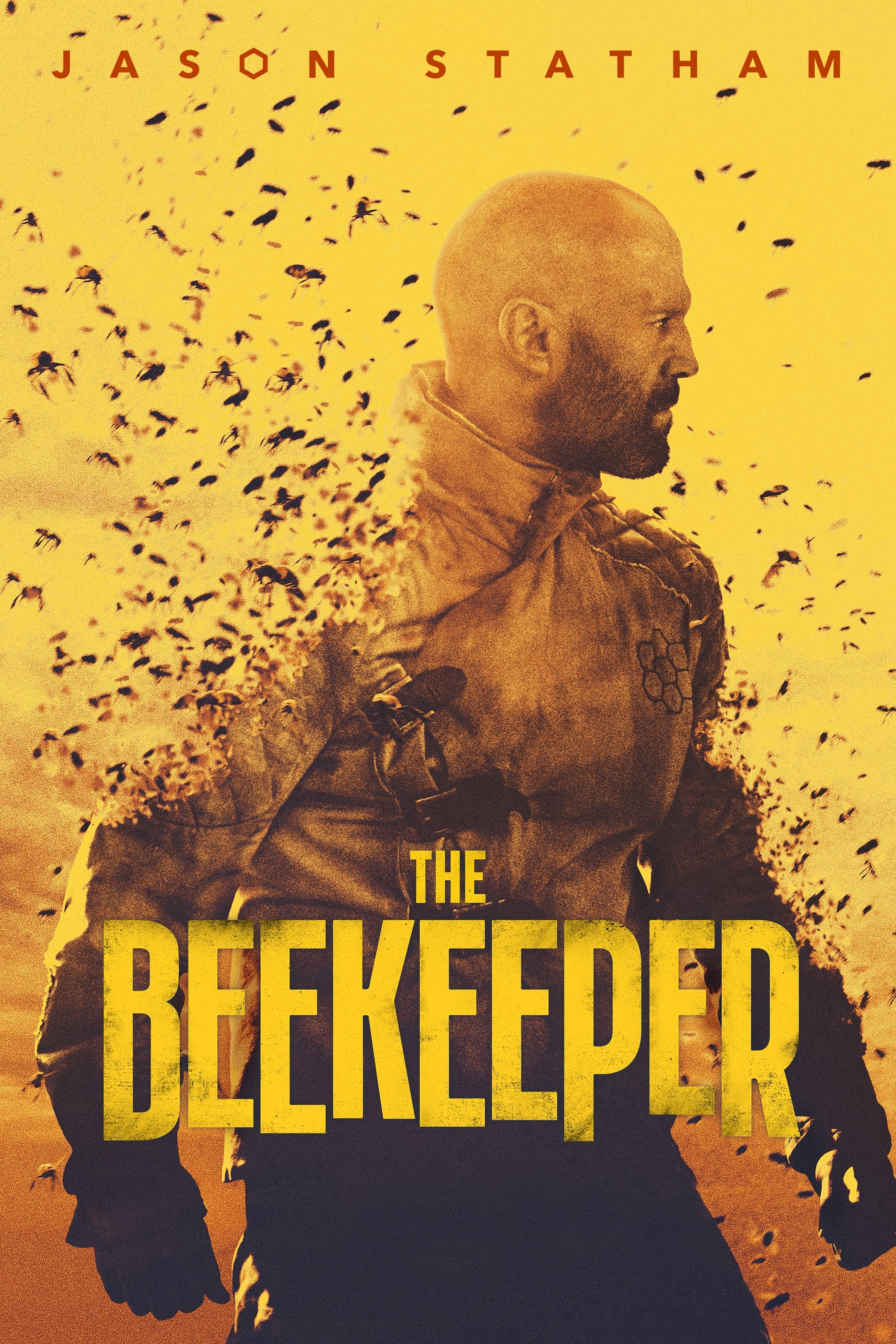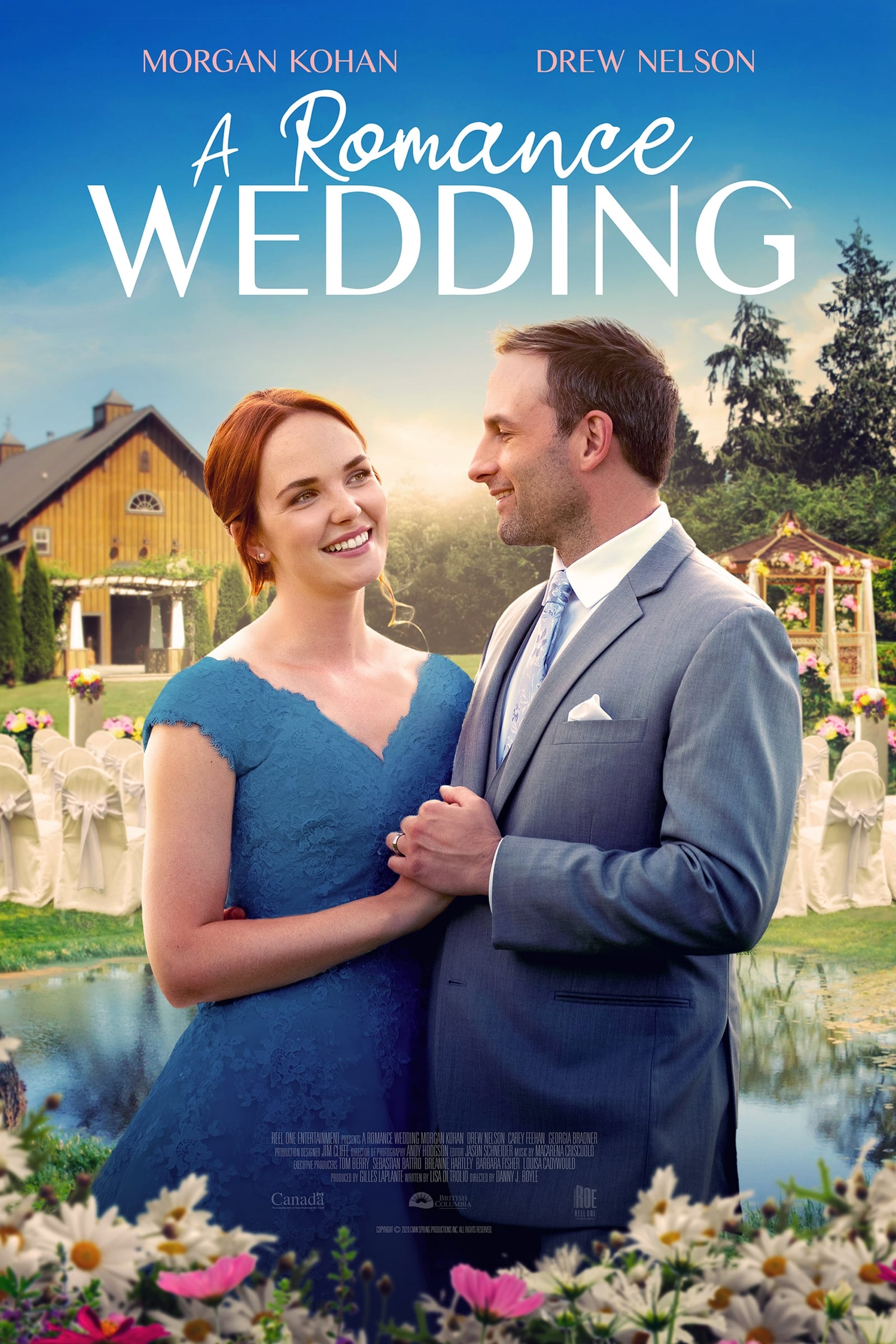
Leonard Bernstein – Serenade for Solo Violin; Alfred Schnittke – Concerto Grosso No. 1, Moz-art a la Haydn – Hans-Peter Hofmann, Les Dissonances, David Grimal (2016)
FLAC (tracks) 24-bit/88,2 kHz | Time – 01:14:14 minutes | 1,32 GB | Genre: Classical
Studio Master, Official Digital Download – Source: highresaudio.com | © Les Dissonances
Concerto Grosso no.1: The USSR of the Cold War, then of the Perestroika era, saw the appearance from the 1960s onwards of a generation of composers born under Stalin (Denisov, Schnittke, Gubaidulina) who were at once dependent on his system, obliged to produce music ‘for the people’ ( lm scores, occasional and patriotic pieces), and motivated by the need to call it into question. More and more ‘dissident’ scores travelled clandestinely to the West to be performed, thus offering platforms for Soviet artists beyond their national frontiers. With the aim of channelling potential contestation, the Union of Soviet Composers organised events dedicated to modern music that received considerable attention. Alfred Schnittke (1934-1998), initially banned but subsequently impossible to ignore, found in these events a way of having his music played in the USSR. He was especially committed to the Moscow Autumn festival, at which he premiered many of his major works in collaboration with leading conductors and soloists (Gidon Kremer, Natalia Gutman, Gennady Rozhdestvensky).
With this work, Schnittke inaugurated in 1977 a series of six concerti grossi for different solo instruments. In the first of the cycle, the composer weaves the discourse between the interventions of the two solo violins, the harpsichord, the prepared piano and the string orchestra. He deploys the bases of his ‘polystylism’ by paying tribute to the Baroque roots of the genre through the use of the harpsichord and the heading of each movement: Prelude, Toccata, Recitativo, Cadenza, Rondo, Postlude. Unlike the neoclassicism of, say, Stravinsky, Schnittke conveys his relationship with history through a technique of ‘collage’ of atonal elements, popular music (the tango of the Rondo), his own lm music, and passages exploring micro-intervals.
The dramatic power of his expression and his total mastery of form save his music from kitsch; the listener cannot but be gripped by the authenticity and profundity of the composer. With this style so characteristic of him, Schnittke plays ironically with the codes of serious music just as, in his words, a ‘Corelli made in the USSR’ might have done.
Tracklist:
Leonard Bernstein (1918-1990)
Serenade for solo violin, string orchestra, harp and percussion after Plato’s Symposium
1. Phaedrus; Pausanias (Lento; Allegro) 6:55
2. Aristophanes (Allegretto) 4:39
3. Erixymathus (Presto) 1:34
4. Agaton (Adagio) 6:44
5. Socrates; Alcibiades (Molto tenuto; Allegro vivace) 11:11
Alfred Schnittke (1934-1998)
Concerto Grosso no.1
6. Preludio : Andante 5:18
7. Toccata : Allegro 4:49
8. Recitativo : Lento 7:06
9. Cadenza 2:37
10. Rondo : Agitato 7:30
11. Postlude : Andante 3:26
12. Moz-art à la Haydn, for two violins, two small string orchestras, double bass and conductor 12:26
Personnel:
Solo violins: David Grimal and Hans-Peter Hofmann
Les Dissonances
Live recordings at Opéra de Dijon – 28 October 2010 (Bernstein), at Cité de la musique – Philharmonie de Paris – 7 January 2011, at Opéra de Dijon – 2 December 2014 (Schnittke)
Download:
mqs.link_BernsteinSchnittkeHansPeterHfmannLesDissnancesDavidGrimal201688.224.part1.rar
mqs.link_BernsteinSchnittkeHansPeterHfmannLesDissnancesDavidGrimal201688.224.part2.rar






![Itzhak Perlman - The Complete Warner Recordings 1972-1980 (2015) [FLAC 24bit/96kHz] Itzhak Perlman - The Complete Warner Recordings 1972-1980 (2015) [FLAC 24bit/96kHz]](https://getimg.link/images/imgimgimg/uploads/2019/12/IpmBmeR.jpg)
![The Avison Ensemble - Arcangelo Corelli: Opus 6 - Concerti Grossi (2012) [LINN FLAC 24bit/96kHz] The Avison Ensemble - Arcangelo Corelli: Opus 6 - Concerti Grossi (2012) [LINN FLAC 24bit/96kHz]](https://getimg.link/images/imgimgimg/uploads/2017/07/GOLOhQi.jpg)
![Les Dissonances, David Grimal - Brahms: Symphony No. 4 & Violin Concerto (2014) [Qobuz FLAC 24bit/48kHz] Les Dissonances, David Grimal - Brahms: Symphony No. 4 & Violin Concerto (2014) [Qobuz FLAC 24bit/48kHz]](https://getimg.link/images/imgimgimg/uploads/2018/10/0bXDOXC.jpg)
![Leonard Elschenbroich, Petr Limonov - Alfred Schnittke: Musica Nostalgica (2017) [PrestoClassical FLAC 24bit/48kHz] Leonard Elschenbroich, Petr Limonov - Alfred Schnittke: Musica Nostalgica (2017) [PrestoClassical FLAC 24bit/48kHz]](https://getimg.link/images/imgimgimg/uploads/2018/08/3wKuW7a.jpg)
![Al Ayre Espanol, Eduardo Lopez Banzo - Handel’s Memories - A selection from Grand Concertos op. 6 (2012) [nativeDSDmusic DSF DSD128/5.64MHz] Al Ayre Espanol, Eduardo Lopez Banzo - Handel’s Memories - A selection from Grand Concertos op. 6 (2012) [nativeDSDmusic DSF DSD128/5.64MHz]](https://getimg.link/images/imgimgimg/uploads/2018/12/CJIgsHX.jpg)
![Pacifica Quartet - Dmitri Shostakovich and his Contemporaries: The Soviet Experience Vol. 1-4 (2011-2013) [24bit FLAC] Pacifica Quartet - Dmitri Shostakovich and his Contemporaries: The Soviet Experience Vol. 1-4 (2011-2013) [24bit FLAC]](https://getimg.link/images/imgimgimg/uploads/2017/07/ntIbtOp.jpg)
![Wolfgang Amadeus Mozart - The 5 Violin Concertos - David Grimal, Les Dissonances (2015) [HighResAudio FLAC 24bit/44,1kHz] Wolfgang Amadeus Mozart - The 5 Violin Concertos - David Grimal, Les Dissonances (2015) [HighResAudio FLAC 24bit/44,1kHz]](https://getimg.link/images/imgimgimg/uploads/2017/03/ptdaw6I.jpg)
![Freiburger Barockorchester - Corelli: Concerti Grossi, Sinfonia to Santa Beatrice d’Este (2018) [FLAC 24bit/96kHz] Freiburger Barockorchester - Corelli: Concerti Grossi, Sinfonia to Santa Beatrice d’Este (2018) [FLAC 24bit/96kHz]](https://getimg.link/images/imgimgimg/uploads/2019/04/OHNaHRD.jpg)
![L’Escadron Volant de la Reine - Il Furibondo (2017) [FLAC 24bit/192kHz] L’Escadron Volant de la Reine - Il Furibondo (2017) [FLAC 24bit/192kHz]](https://getimg.link/images/imgimgimg/uploads/2019/02/elNgHcG.jpg)
![Philippe Entremont, Zino Francescatti, New York Philharmonic Orchestra, Leonard Bernstein - Bernstein: The Age of Anxiety & Serenade after Plato’s ‘Symposium’ (1966/2017) [HDTracks FLAC 24bit/192kHz] Philippe Entremont, Zino Francescatti, New York Philharmonic Orchestra, Leonard Bernstein - Bernstein: The Age of Anxiety & Serenade after Plato’s ‘Symposium’ (1966/2017) [HDTracks FLAC 24bit/192kHz]](https://getimg.link/images/imgimgimg/uploads/2018/08/XRDJ2r0.jpg)
![MDR Rundfunkchor, Risto Joost - Dmytro Bortniansky, Alfred Schnittke: Confessions of Faith (2017) [PrestoClassical FLAC 24bit/48kHz] MDR Rundfunkchor, Risto Joost - Dmytro Bortniansky, Alfred Schnittke: Confessions of Faith (2017) [PrestoClassical FLAC 24bit/48kHz]](https://getimg.link/images/imgimgimg/uploads/2018/08/1PZXrtO.jpg)
![David Grimal & Les Dissonances - Beethoven: Violin Concerto & 7th Symphony (2010) [FLAC 24bit/96kHz] David Grimal & Les Dissonances - Beethoven: Violin Concerto & 7th Symphony (2010) [FLAC 24bit/96kHz]](https://getimg.link/images/imgimgimg/uploads/2017/10/rEIiaP0.jpg)
![Ludwig van Beethoven - Violin Concerto & 7th Symphony - Les Dissonances, David Grimal (2010) [Qobuz FLAC 24bit/96kHz] Ludwig van Beethoven - Violin Concerto & 7th Symphony - Les Dissonances, David Grimal (2010) [Qobuz FLAC 24bit/96kHz]](https://getimg.link/images/imgimgimg/uploads/2017/03/WqrigaR.jpg)
![Les Dissonances, David Grimal - Mozart: Oboe Concerto & ‘Gran Partita’ (2016) [Qobuz FLAC 24bit/88,2kHz] Les Dissonances, David Grimal - Mozart: Oboe Concerto & ‘Gran Partita’ (2016) [Qobuz FLAC 24bit/88,2kHz]](https://getimg.link/images/imgimgimg/uploads/2018/11/N5rN49S.jpg)
![Les Dissonances, David Grimal - Antonio Vivaldi, Astor Piazzolla: Les quatre saisons (2010) [Qobuz FLAC 24bit/88,2kHz] Les Dissonances, David Grimal - Antonio Vivaldi, Astor Piazzolla: Les quatre saisons (2010) [Qobuz FLAC 24bit/88,2kHz]](https://getimg.link/images/imgimgimg/uploads/2018/11/HikEiP2.jpg)